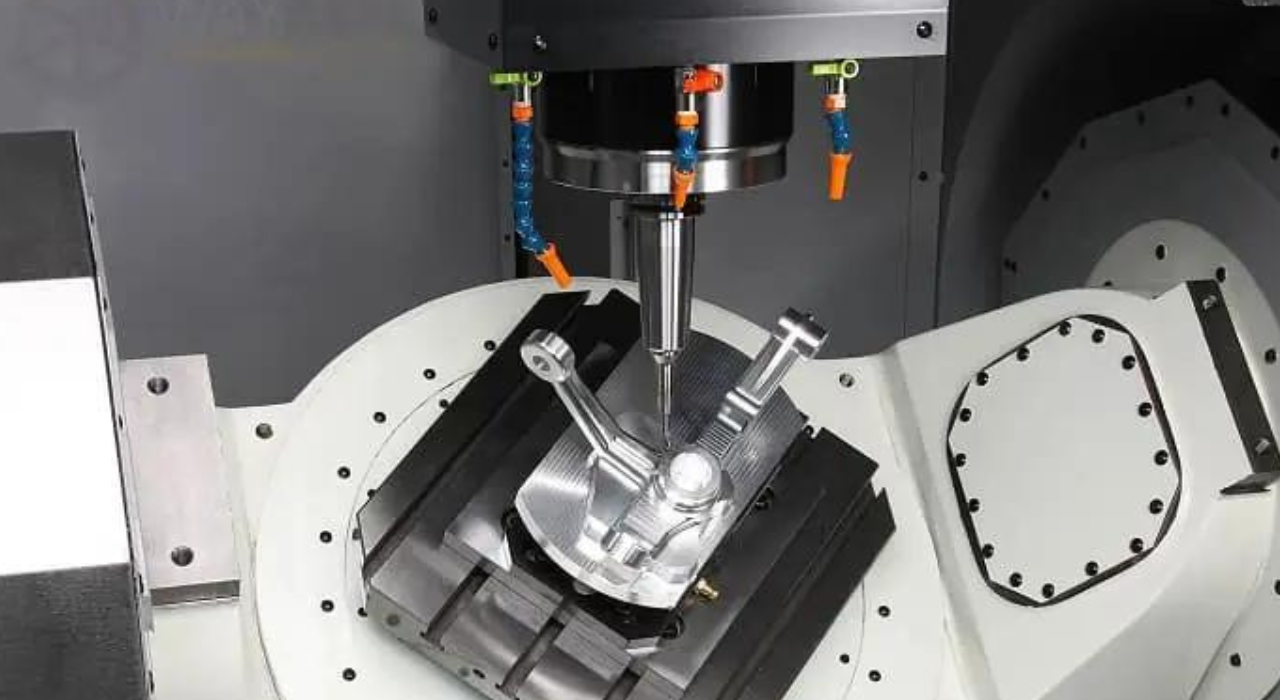Model CNC machining, an effective apparatus for making exact and complex parts, presents a few challenges that engineers and producers habitually experience. These challenges span different stages of the method, from starting plan contemplations to the last generation. Understanding these challenges is significant for accomplishing productive and successful model advancement. You may visit this link https://www.longshengmfg.com/what-is-prototype-cnc-machining/ for more information.
Key Challenges in Model CNC Machining
Plan optimization, fabric determination, machining resiliences, installation plan, instrument determination, surface wrap up, and taking a toll administration posture noteworthy obstacles. Tending to these guarantees productive and exact model advancement, crucial for progressing development over businesses.
Plan Optimization
One of the essential challenges in model CNC machining is plan optimization. The move from a conceptual plan to a manufacturable CAD show requires cautious thought of machining limitations and capabilities. Plans that are excessively complex or contain highlights troublesome to machines can lead to expanded costs and longer lead times. Engineers must adjust the requirements for usefulness with the imperatives forced by CNC machining forms, such as instrument get-to, fabric choice, and portion geometry.
Material Selection
Choosing the proper fabric for CNC machining models is another basic challenge. Distinctive materials carry on unexpectedly amid machining, influencing device wear, surface wrap-up, and dimensional precision. Components such as quality necessities, warm properties, and fetches must be carefully assessed to guarantee the chosen fabric meets the project's needs. Besides, a few materials may require uncommon contemplations amid machining, such as cooling techniques or particular tooling prerequisites, including the complexity of the method.
Machining Resistances
Accomplishing tight machining resiliences is frequently fundamental in model advancement but can be challenging. CNC machines are capable of tall exactness, but components like device avoidance, warm extension, and machine calibration can influence dimensional precision. Adjusting tight resistances with fabricating achievability is significant to dodge exorbitant adjustment or portion dismissal. Iterative testing and alterations may be essential to fine-tune machining forms and accomplish the specified resistances dependably.
Installation Plan and Workholding
A viable installation plan and workholding arrangements are basic for steady and precise machining. Models regularly have complex geometries or fragile highlights that require secure situating amid machining to prevent distortion or mistakes. Planning custom installations that oblige the part's interesting shape whereas permitting satisfactory apparatus could be a challenge that requires cautious arranging and iterative testing. Destitute work holding can lead to portion development or vibration, compromising machining quality and consistency.
Instrument Choice and Optimization
Selecting the fitting cutting instruments and optimizing instrument ways are basic for accomplishing proficient and high-quality CNC machining models. Variables such as apparatus fabric, geometry, cutting speeds, and nourishes must be optimized based on the chosen fabric and portion plan. Inappropriate apparatus determination can lead to over-the-top instrument wear, poor surface wrap-up, or indeed apparatus breakage, affecting both fetched and plan.
Surface Wrap-up and Post-Processing
Accomplishing the required surface wrap-up specifically impacts the useful and tasteful qualities of CNC machined models. Components such as cutting parameters, apparatus wear and fabric properties impact surface harshness and surface. Depending on the application, extra post-processing operations such as deburring, cleaning, or coating may be required to meet particular prerequisites.
Fetched Administration
Taking a toll administration could be a lasting challenge in model CNC machining. The complicated relationship between fabric costs, machining time, tooling costs, and labor can altogether affect venture budgets. Plan adjustments, fabric changes, and machining methodologies pointed at diminishing costs without compromising quality require cautious thought and investigation. Viable taken a toll administration includes assessing choices, optimizing forms, and leveraging economies of scale where conceivable to guarantee models are created inside budget limitations.
Conclusion
Model CNC machining offers colossal potential for creating complex and exact parts basic for item advancement and testing. However, navigating the challenges inborn within the processâfrom plan optimization and fabric choice to machining resiliences and fetched managementârequires skill, cautious arranging, and iterative refinement. By tending to these challenges proactively, engineers and producers can improve the productivity, unwavering quality, and in general victory of model CNC machining ventures, eventually quickening advancement and item realization in different businesses.


